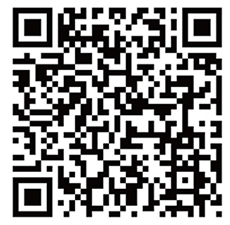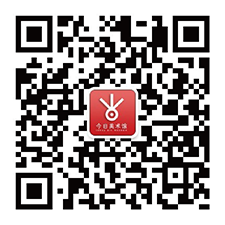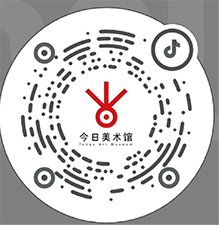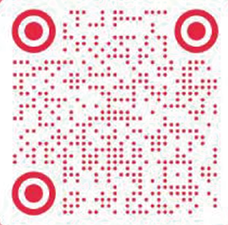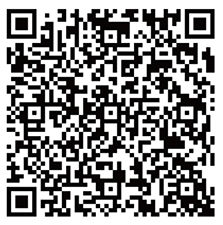2012 marks the 20th anniversary of diplomatic relations between China and the Republic of Korea. “Ctrl+N: Non-Linear Practice,” is co-sponsored by the Today Art Museum, Beijing and the Gwangju Museum of Art, Korea. The exhibition will open on September 6, 2012, at the Gwangju Museum of Art. The exhibition was co-curated by Zheng Yan (deputy director of Today Art Museum) and Han Changyun (deputy director of Gwangju Museum of ART). As a special exhibition of the Gwangju Biennale, the exhibition will showcase the infinite charms of China’s contemporary art scene to Korea and the world.
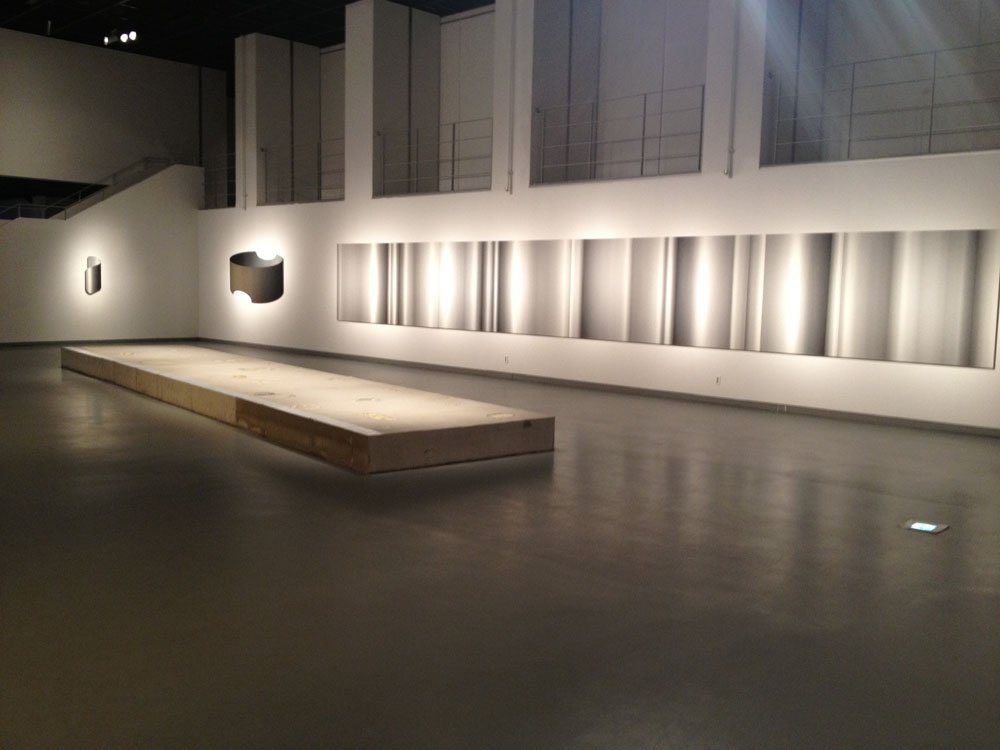
陈文骥作品展览现场图
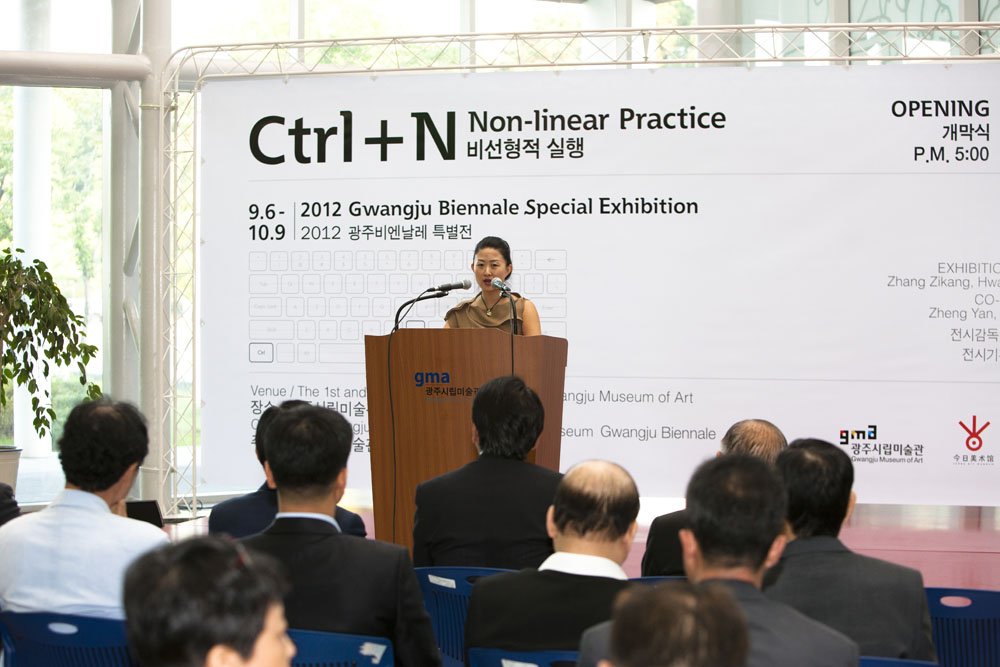
艺术家陈彧凡参展作品现场图
In keeping with the Biennale's "round table" concept, “the exhibition aims to explore the possibility of democracy and non-hierarchical exchange in global cultural production through diversified collective creation forms. It can penetrate into historical links among different societies, and explore diverse contexts of attribution, whereby a group people with seemingly same goals and starting points are able to communicate and coordinate with each other to overcome differences in individual cognition and different needs through the platform of ‘round table,’ achieving some kind of consensus through communication and coordination and taking actions after reaching consensus. Perhaps "round table" explores the rules, while "Ctrl + N: Non-Linear Practice" attaches importance to the many possibilities opened up by different cultural contexts and stresses shortcuts to new construction under certain rules. It is concerned with and presents a kind of Chinese-style "post- roundtable” operation.
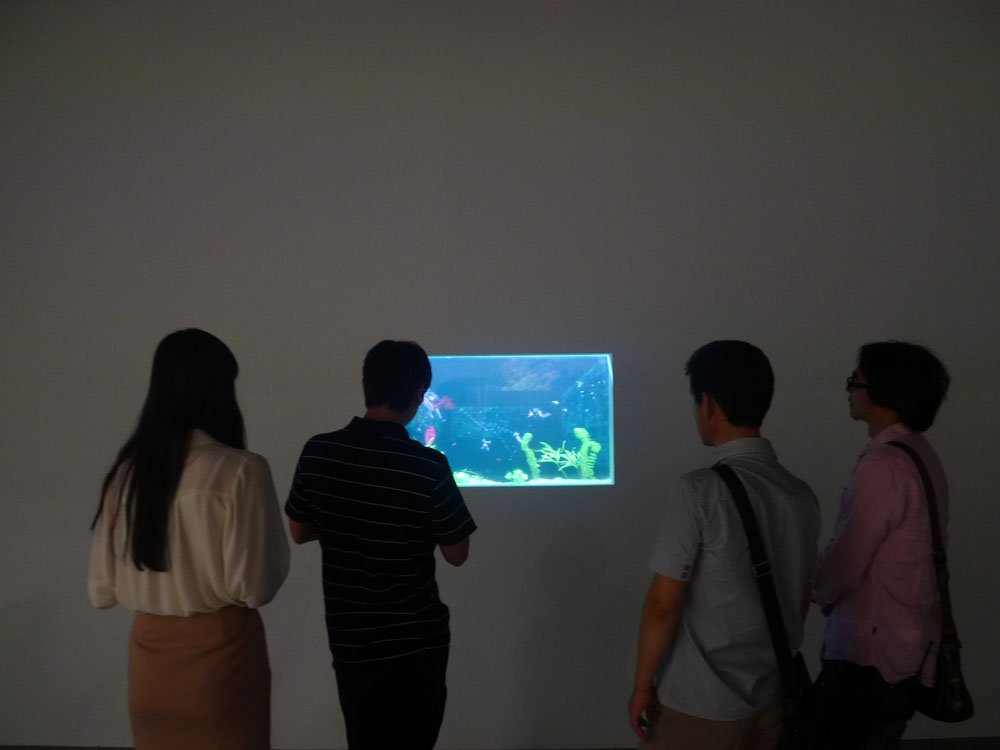
艺术家冯梦波参展作品现场图
"Ctrl + N - Non-Linear Practice"isrepresent the concept on three aspects. First, it is not created from a vacuum but rather according to a set of rules or structures. After the rules have served their purpose, they may be broken or new rules may be innovated as part of the act of creation. Second, this is not a process of slavish copying of the original form but, rather, of recreation with brand-new deduction and expression after absorbing and mixing in an expedited and efficient process. Finally, the rapid new creation evolves in a non-linear process with continuous superimposition and mutual influence in which all the component ideas may be transformed and completed respectively and independently.
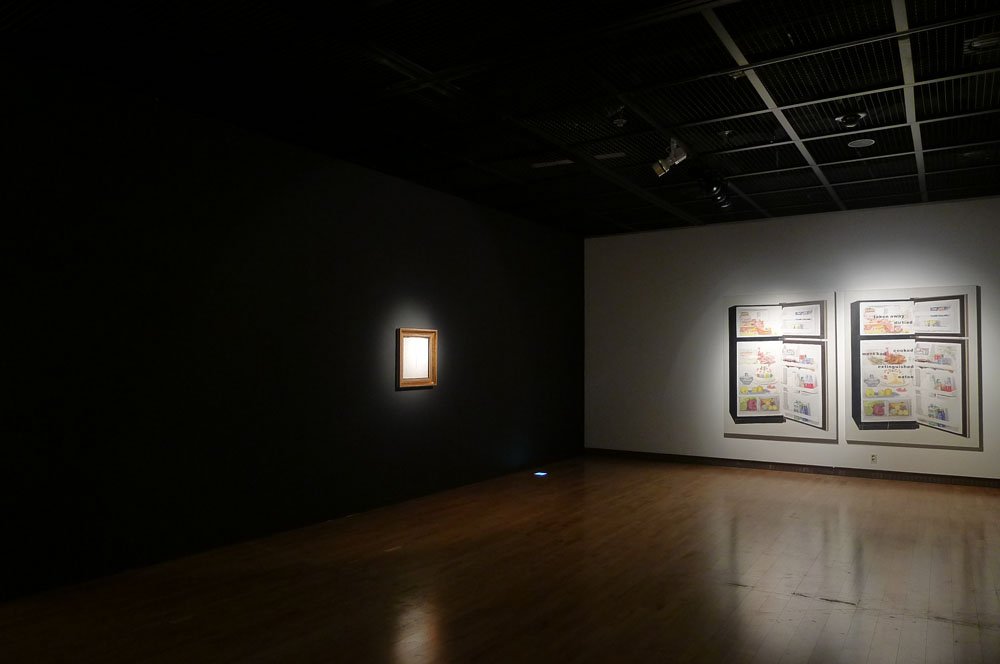
艺术家李青 参展作品现场图
“Ctrl+N: Non-Linear Practice” showcases the works of contemporary Chinese artists such as Chen Wenji, GuWenda, Xia Xiaowan, Liu Jianhua, Yun Xiuzhen, FengMengbo, Wang Guofeng, JiDachun, Yang Fudong, Chen Yufan, Li Hongbo, MouBoyan, JiaAili, Li Qing, and Ni Youyu. We neither intend to classify the artists according to birth years, creating methods or working styles, nor can we simply lump them under contemporary art forms and traditional art forms. The Chinese contemporary artists growing from this artistic soil will neither exactly copy artistic ideas and forms from other places nor use the cultural traditions of their own nation in a simple, symbolic manner. Their works can reflect some unique reality about the state of contemporary Chinese society.
China is endowed with a rich and complex traditional culture that has been developing for about 5000 years. Chinese culture is the crystallization of the wisdom of the ancestors. Yet we also refer to it as a “system”, because of the interlocking dynamics of regional characteristics and national psychology, both of which give traditional culture the capacity for self-adjustment and rejuvenation. They also allow Chinese culture to develop slowly and continuously adapt. Because of its multifaceted characteristics, China’s traditional culture always reacts swiftly and positively when confronted with other strong cultures. China’s contemporary art is a social and cultural vanguard that bears the brunt of such meeting of cultures. The artists whose works have been chosen for this exhibition are representative of the developments in China’s contemporary art. The works of these artists have their own outstanding personal styles and formal languages. A logical line cannot be drawn back from their artistic practices to traditional art that would suggest a close relationship between the two. However, they all use their unique sensibility and reflectiveness to perceive and show various problems, difficulties and vicissitudes in modern life. Their works carry the distinctive contemporariness and characteristics of mutability and interconnectedness in art.
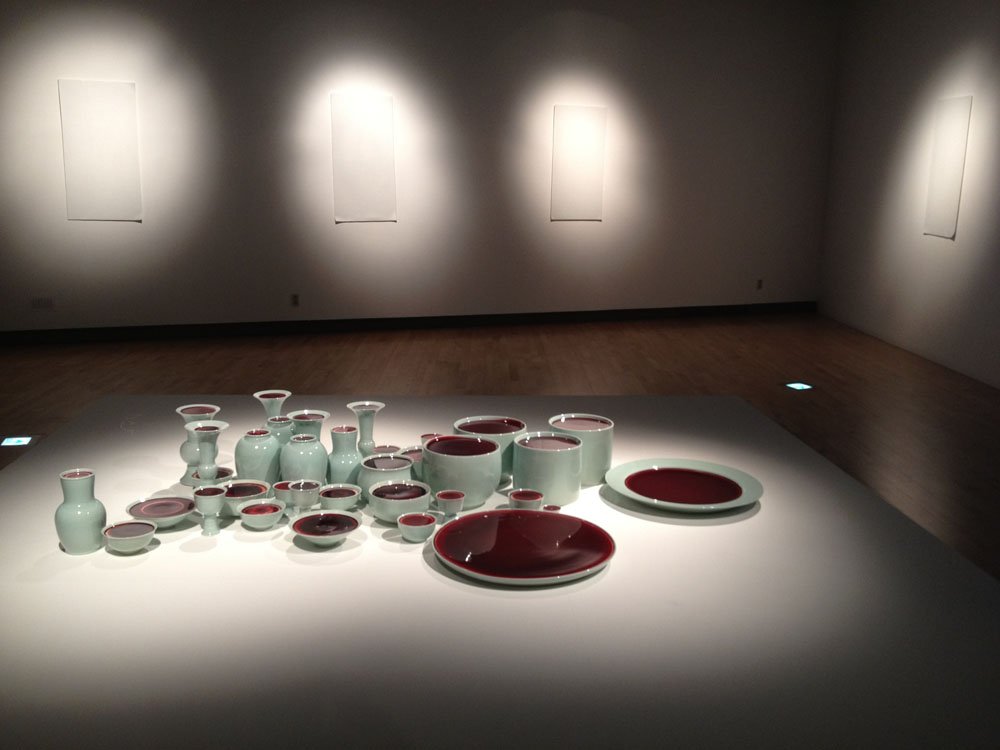
艺术家刘建华作品展览现场图
We can feel the extraordinariness of China’s traditional culture from the strong concepts conveyed by the works in this exhibition. This exhibition is not a haphazardly knocked together show of “China’s Contemporary Art”; the Chinese artists chosen for the show have grown from this land and will never duplicate concepts and forms from elsewhere nor will they use their national culture simply as a sign. What their works represent is a new structure, also can provide more possibilities and vertical and horizontal perspectives for the audience to comprehensively understand Chinese contemporary art. and that is the starting point for this exhibition.
The exhibition will open on September 6 and close on October 9, 2012.
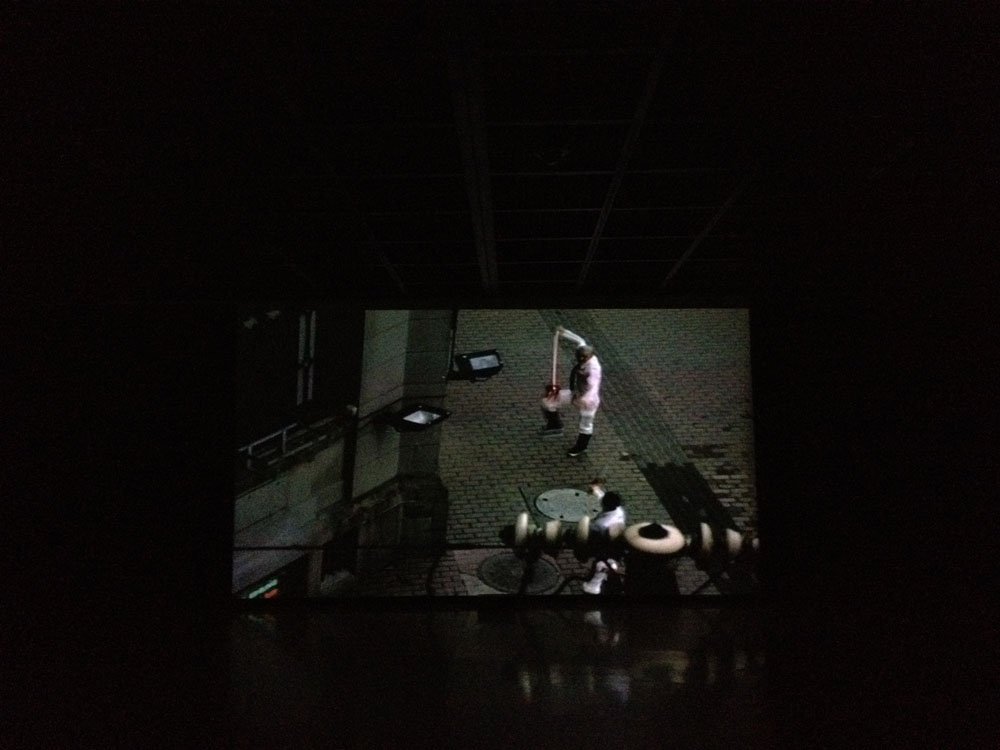
艺术家杨福东影像作品《小重山》
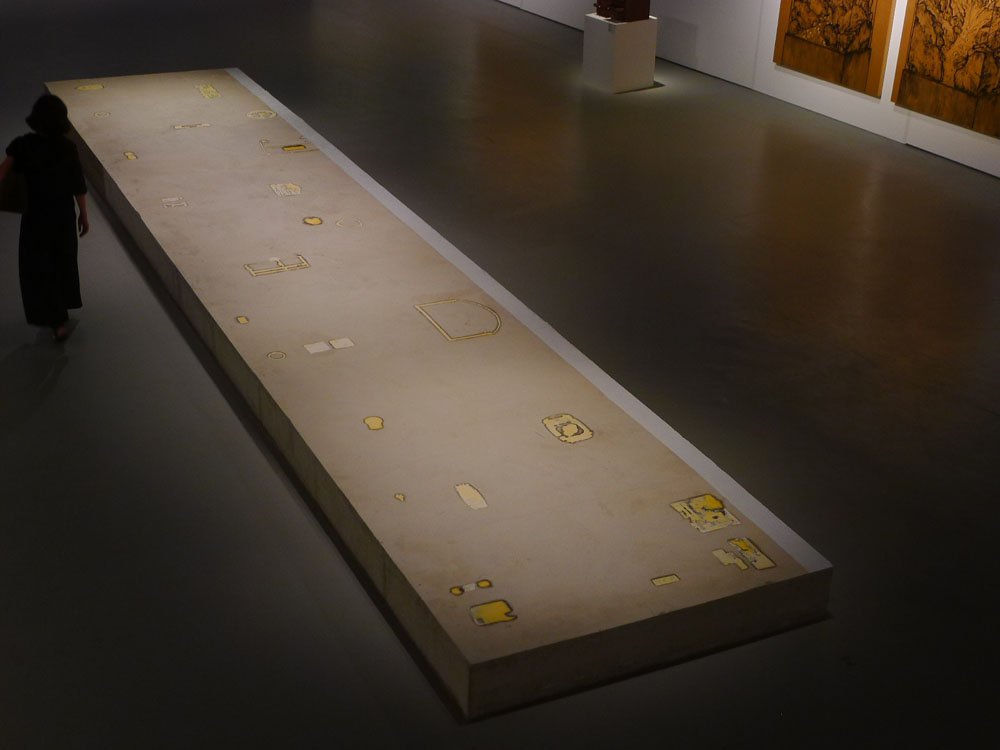
艺术家尹秀珍作品《高速公路》
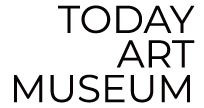
 CHINA THE ART OF CRAFT & DESIGN EXHIBITION 2025
CHINA THE ART OF CRAFT & DESIGN EXHIBITION 2025 Bologna Illustrators Exhibition 58th
Bologna Illustrators Exhibition 58th Zhiguan: Wang Zimu Art Exhibition
Zhiguan: Wang Zimu Art Exhibition Seasons of Cezanne The Immersive Experience
Seasons of Cezanne The Immersive Experience Marie de Villein: Behind the Sun
Marie de Villein: Behind the Sun “一粒一世界——北京大学颗粒艺术展”
“一粒一世界——北京大学颗粒艺术展”
 Florentijn Hofman :Celebrate!
Florentijn Hofman :Celebrate! Li Nu: As if Sand Were Stone
Li Nu: As if Sand Were Stone Exhibition customization course | TIM YIP MIRROR children's art class
Exhibition customization course | TIM YIP MIRROR children's art class
 TAM Open Studio / Hello, New Friends
TAM Open Studio / Hello, New Friends WANG SHIKUO/TODAY ART MUSEUM YOUNG ARTIST RESIDENCY IN NEW YORK CITY
WANG SHIKUO/TODAY ART MUSEUM YOUNG ARTIST RESIDENCY IN NEW YORK CITY 2018 third wang shikuo award -- nomination exhibition of contemporary young artists
2018 third wang shikuo award -- nomination exhibition of contemporary young artists


